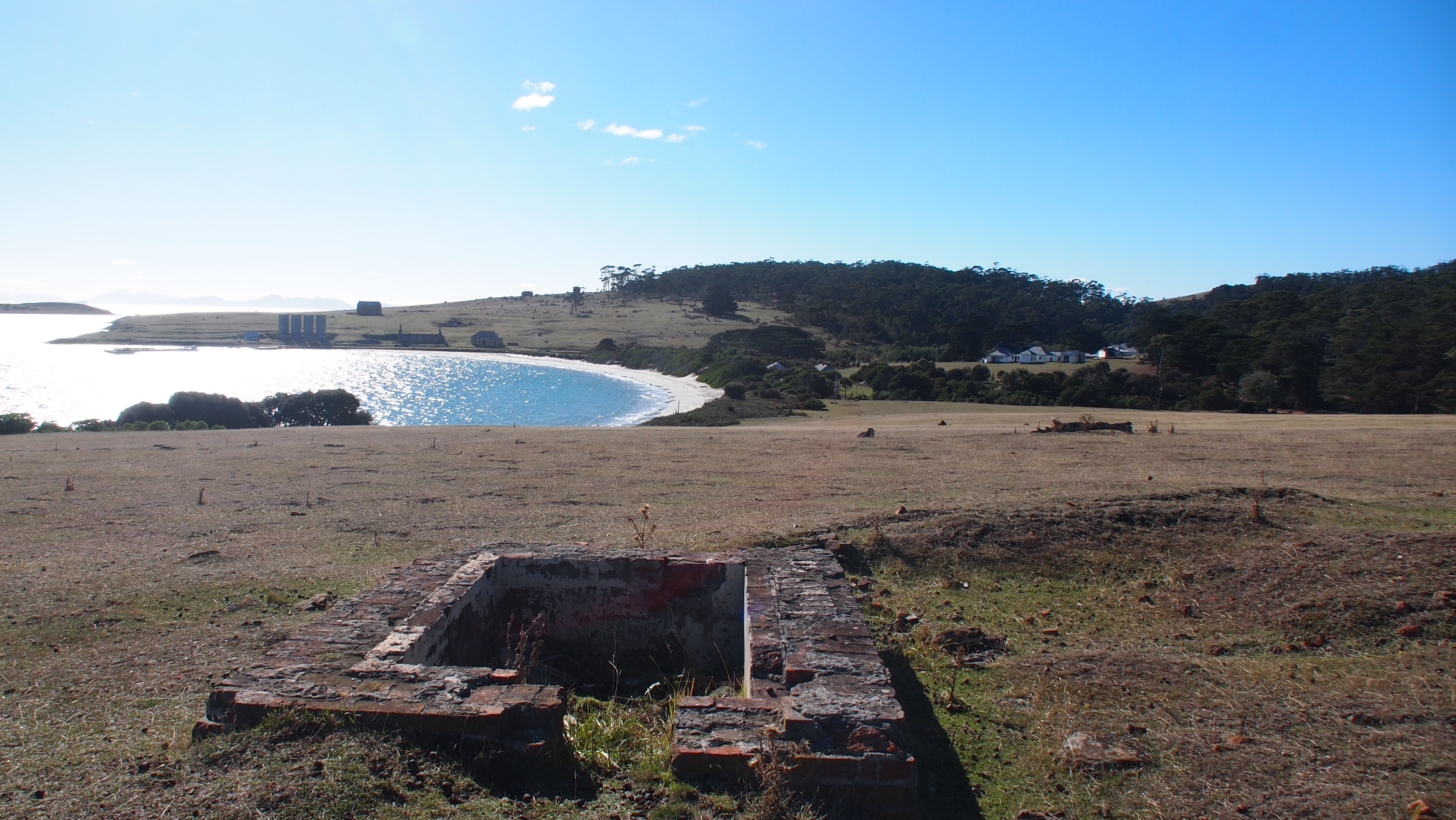Home » Session 2: The Significance of Conserving Cultural Landscapes
Introduction to Cultural Landscape Management
Session 2: The Significance of Conserving Cultural Landscapes
Definition of Aesthetic, Ecological, Historic and Social Values of Cultural Landscapes
In recent years, the significance of aesthetic, ecological, historical and social values embedded in cultural landscapes has become increasingly highlighted. These values can substantially improve our understanding of the landscape, from its origin and evolution, to its current state and functionality, which are therefore critical to the overall conservation management of the site. The values of cultural landscapes may overlap with each other to some extent depending on how people live, transform and interact with their surrounding environment (Cimino, 2009).
Aesthetic Value
Aesthetic value generally refers to the profound enjoyment and sensual experiences gained from the appreciation of nature (e.g. vegetations, parks, forests, water bodies, fields or even the entire ecosystem). Cultural landscapes with high aesthetic value usually have some outstanding scenic and visual qualities to offer, which can stimulate people’s aesthetic appreciation, sense of place as well as their attachment to it (Drew, 2015).

Ecological Value
The ecological value of cultural landscapes has two major foci. One is on the richness of biodiversity and ecological resources that sustains all life forms and supports human societies; the other is the wealth of traditional knowledge that contributes to sustaining biodiversity (Terralingua, 2018). The value demonstrates that humans are living sustainably within environmental limits, and through which a strong sense of interdependence of humans with nature is established.

Historic Value
Historic value reflects the considerable legacy and cultural heritage of an area. The value can be determined from the traces of history (patterns of interrelationships between people, places and events) that remained in the landscape and carried forward across time (UTAS, 2006). The better the existing condition of the landscape, the easier for it to convey its historic significance and character (e.g. through archaeological soils, botanical remains and historical buildings).

Social Value
Social value looks into the aspects of life that are in connection with the place. The core value lies in maintaining the social identity of local people whilst making manifest the physical, intellectual, symbolic and other interactions in the cultural landscape (TEEB, 2016). Social values can be captured in cultural landscapes from different aspects, including but not limited to the innovative uses of place, community economic benefits and the protection of traditional knowledge bases.

Contents
- The Significance of Cultural Landscape Conservation
-
Reflection of Values through the Lai Chi Wo Cultural Landscape
Continue to "The Significance of Cultural Landscape Conservation"
© 2018 Centre for Civil Society and Governance at The University of Hong Kong
Except where otherwise noted, contents of this e-study is licensed under a Creative Commons Attribution-NonCommercial-ShareAlike 4.0 License.
![]()


